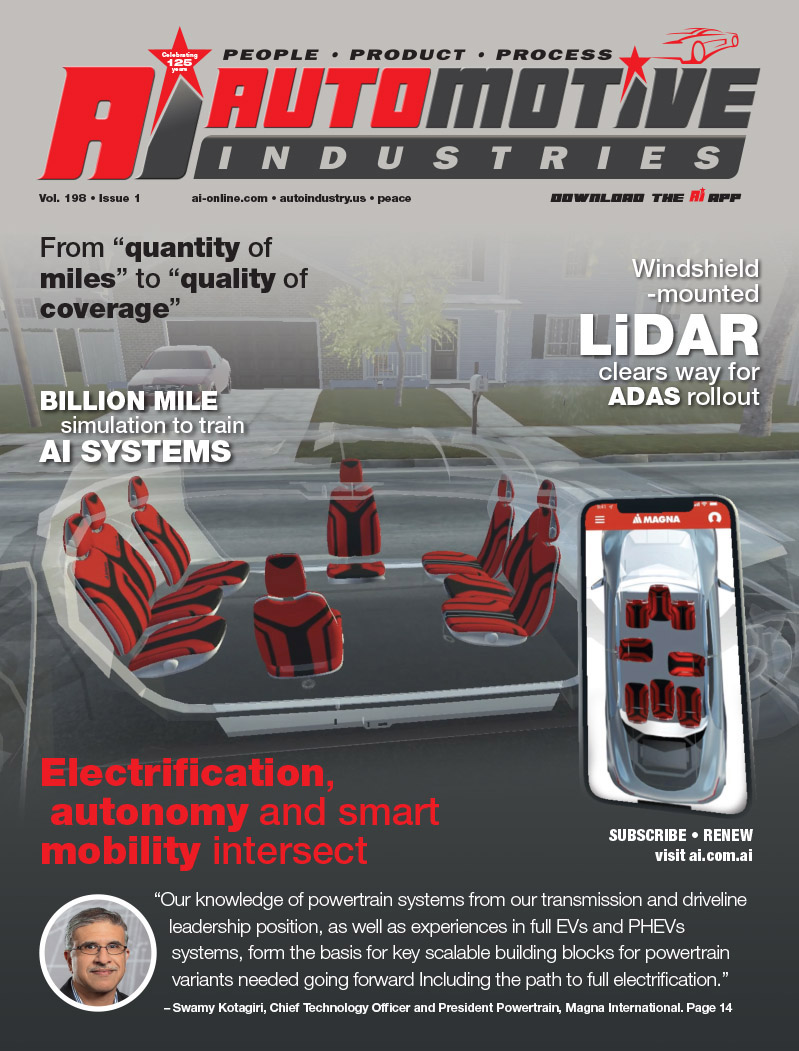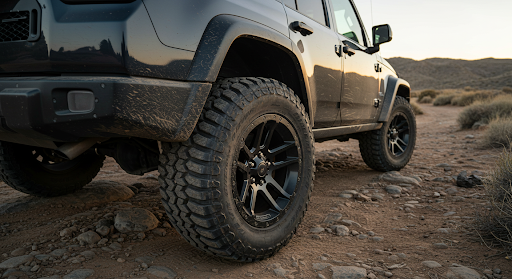
A small group of avid owners and rabid journalists have their own ideas on how to keep the momentum going.
Jaguar, one of the few remaining brands of a once thriving British-owned auto industry, had, through the mid-1980s, reasonable sales in the important U.S. market, but was suspect in its ability to survive in the increasingly high-development- cost prestige segment that was about to be invaded by the Japanese. Limited to two products, faced with declining sales, burdened with a quality image ranging from suspect to notorious, the brand was put up for sale and was purchased by Ford in December 1989. The problem of quality and product age continued in the early years of Ford ownership and sales fell to a modern low of 8,681 U.S. sales in 1992.
 |
| Jaguar’s decline is blamed partly on a new XJ that looks too old and a lack of an SUV. |
However, the reasons for the 21 percent decline from peak are open to much and frequent conjecture and debate. There are, no doubt, reams of psychographic profiles, Gen-Y consumer group studies and buyer/non-buyer surveys available to trend-watchers blessed with deep pockets, but the input for this article is from a limited group of what the researchers often call “auto-influentials”. Only their comments about the recent down, not the long-term up, are reported.
 Our first influential, a retired domestic/ import car dealer in a Midwest state capital said the dealer in his town was virtually non existent. A female Midwest car-tester avowed that the Jaguar X just didn’t drive like a BMW or an Audi. A California-based auto journalist related that there was very little Jaguar presence in his particular area, where Mercedes and Lexus, not BMW, dominate. A Midwest auto-magazine writer complained that Jaguar provided a roadtest vehicle that was not equipped with the hard, sport suspension that the magazine writer preferred. One satisfied customer, driving his fifth Jaguar, commented that Jaguars were, in their early years, gentlemen’s luxurious touring cars, but that in the current world climate there are precious few gentlemen. A Detroit car collector pointed out — NO SUVs! A deep-south loyalist owner commented that the XK is eight years old, the S is six and the new XJ looks like the old XJ and all Jaguars should have the oval Stype grill for brand-identification continuity.
Our first influential, a retired domestic/ import car dealer in a Midwest state capital said the dealer in his town was virtually non existent. A female Midwest car-tester avowed that the Jaguar X just didn’t drive like a BMW or an Audi. A California-based auto journalist related that there was very little Jaguar presence in his particular area, where Mercedes and Lexus, not BMW, dominate. A Midwest auto-magazine writer complained that Jaguar provided a roadtest vehicle that was not equipped with the hard, sport suspension that the magazine writer preferred. One satisfied customer, driving his fifth Jaguar, commented that Jaguars were, in their early years, gentlemen’s luxurious touring cars, but that in the current world climate there are precious few gentlemen. A Detroit car collector pointed out — NO SUVs! A deep-south loyalist owner commented that the XK is eight years old, the S is six and the new XJ looks like the old XJ and all Jaguars should have the oval Stype grill for brand-identification continuity. Ford has made a monumental gain with Jaguar sales, but to restore the momentum, the message (for what it is worth) from this small group of influentials is a need to perk up some of the Jaguar dealers, add SUVs along with the recently announced X-Sportwagon (SUVs currently hold one third of the prestige- brand market; if Jaguar had that ratio, 2004 sales would be estimated at 72,000). Also, shorten the product cycles with a bit more stylistic differentiation between cycles and standardize the oval grill. Lastly, the current crop of car-test writers do not like comfortable, usable cars. These writers are besotted with toughness, hard seats, hard suspensions, highly illegal speeds and skid-pad data. Jaguar should keep these people happy by building a few “ultra-tough” models for the car-test people to play with; they would be very appreciative.









More Stories
Best Wheel Size for Off-Road Adventures: What People Get Wrong
Trusted Auto Collision Repair That Restores Both Performance and Peace of Mind
What You Need to Know About Tire Pressure in Winter vs Summer